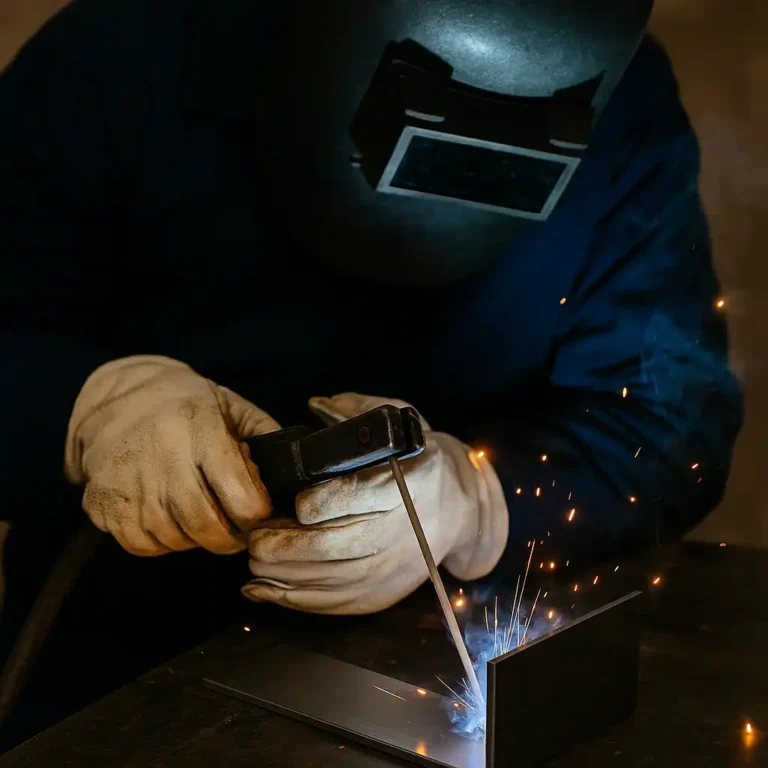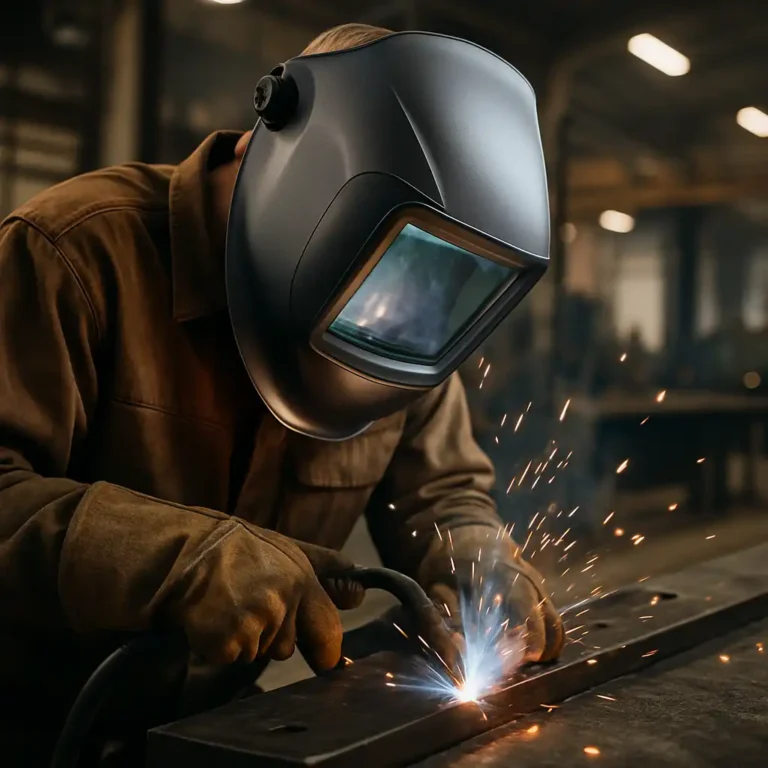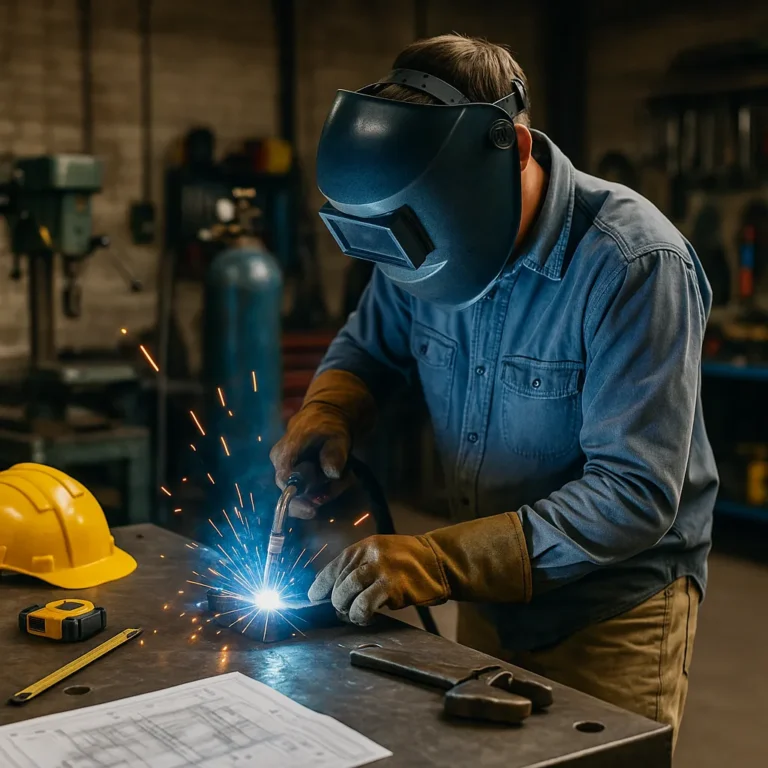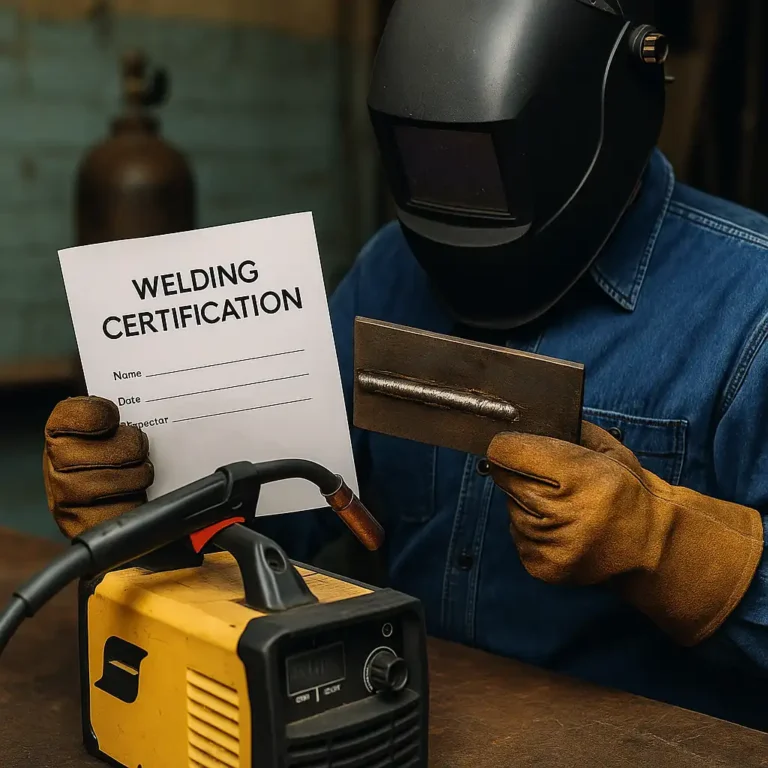How to Become a Pipeline Welder

Disclosure: This post contains affiliate links. As an Amazon Associate, I earn from qualifying purchases—at no extra cost to you.
Pipeline welding is a skilled and high-demand trade with excellent earning potential. From gas and oil lines to large-scale infrastructure, this role plays a vital part in keeping essential systems up and running. It’s a tough job, but for those who enjoy hands-on work and aren’t afraid of the elements, it can be incredibly rewarding.
Here’s a practical guide to getting started—what training you need, what gear matters, and what to expect once you’re out in the field.
Get Trained and Certified the Right Way
Before you can land a pipeline welding job, you’ll need the right foundation. Most welders start with formal training at a trade school or community college, learning core processes like stick (SMAW), TIG, and pipe layout.
After that, certification is your next step. Most pipeline employers look for credentials from the American Welding Society (AWS) or the American Petroleum Institute (API). These prove you’re capable of handling the complex joint types and welding positions used on pipelines.
The 6G pipe welding test is one of the most important milestones. It requires welding a stationary pipe at a 45-degree angle—often seen as one of the most challenging certifications to pass. According to instructors and certified welders, passing this test is a strong sign you’re ready for field work.
Know the Tools of the Trade
Stick welding is the go-to process for pipeline jobs. It’s reliable in outdoor conditions and works well on dirty or weathered pipe. That’s why a dependable stick welder—one with adjustable amperage, Hot Start, and Arc Force—is essential.
In terms of safety gear, you’ll need more than the basics. Leather gloves, a fire-resistant jacket, and a solid welding helmet are a must. Some welders prefer passive helmets for their durability, while others go for auto-darkening to reduce neck fatigue during long sessions.
Job site feedback suggests portable, generator-ready welders that run on 220V are best for remote work. You’ll also use pipe bevelers, grinders, and clamps regularly for prep and fit-up.
Practice Your Technique with Real Pipe
Training helps, but becoming a good pipe welder takes time behind the hood. Many welders start with structural jobs before easing into pipe work. Practicing on test coupons at home or in a shop lets you work on consistency, travel speed, and rod angle.
Welding forums are full of welders who say mastering 5G and 6G positions takes months—not days. If you can get hands-on time with experienced pipe welders or through an apprenticeship, your learning curve will be much shorter.
Even small jobs—like helping on a repair project or shadowing someone on a pipeline—can help you get comfortable working with pipe.
Be Prepared for the Environment and Risks
Pipeline welding often means long hours in tough conditions. Depending on the job site, you might be working in desert heat, freezing wind, or pouring rain. According to field welders, adapting to the environment is just part of the gig.
Safety’s a major factor too. Welders need to be hyper-aware of hazards like gas leaks, fire risks, and confined spaces. Most companies require safety training like OSHA 10/30 or HAZWOPER before you’re cleared to weld onsite.
The job also demands daily use of personal protective gear and strong attention to detail. A bad weld isn’t just a do-over—it can mean system failure, inspection issues, or worse.
Conclusion
Pipeline welding takes serious dedication—but for those willing to learn, the rewards are worth it. With strong training, the right tools, and real-world practice, you’ll be ready to take on high-paying projects and build a solid career.
Pros:
- Excellent pay and job stability
- Opportunities for travel and outdoor work
- Builds valuable, long-term welding skills
Cons:
- Physically demanding in all kinds of weather
- Requires advanced certifications and hands-on training
- Safety standards are strict and non-negotiable
For welders ready to push their skills to the next level, pipeline work offers a serious path forward.






